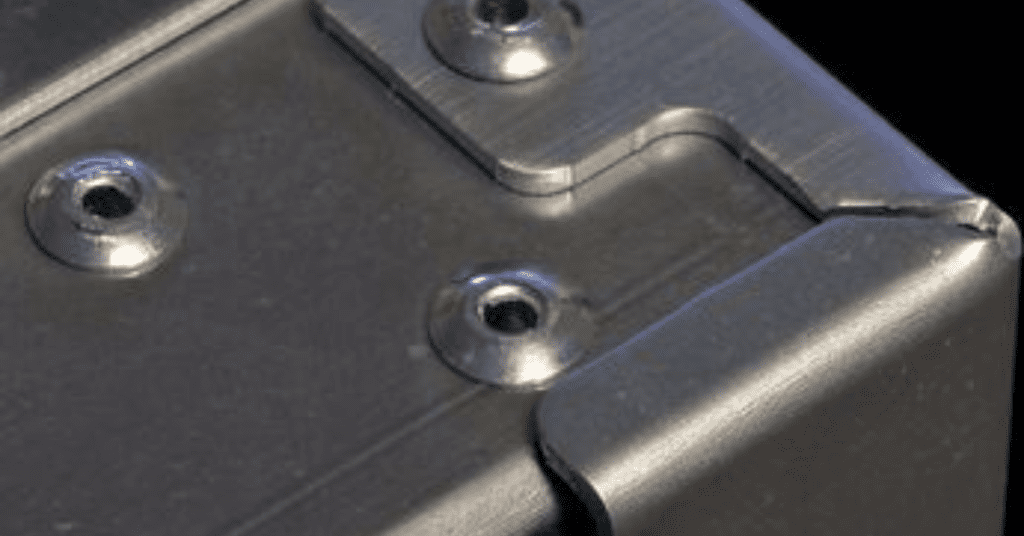
Sheet metal fabrication is a vast domain that combines various techniques and processes to create sturdy, functional, and visually appealing products. Among these processes, riveting is an age-old method that has proven its worth, particularly in terms of strength and precision. This technique has been around for centuries, demonstrating its value in a range of applications, from ancient armor to modern aircraft. So, what makes riveting so crucial in sheet metal work?
This article sheds light on the art of sheet metal riveting, detailing its processes, benefits, challenges, and much more.
The Art and Science of Riveting
Riveting, a technique embedded deep in the annals of history, has been a cornerstone in metal joining practices. With its roots dating back to ancient civilizations, it has been refined, adapted, and evolved to suit the demands of modern-day sheet metal fabrication.
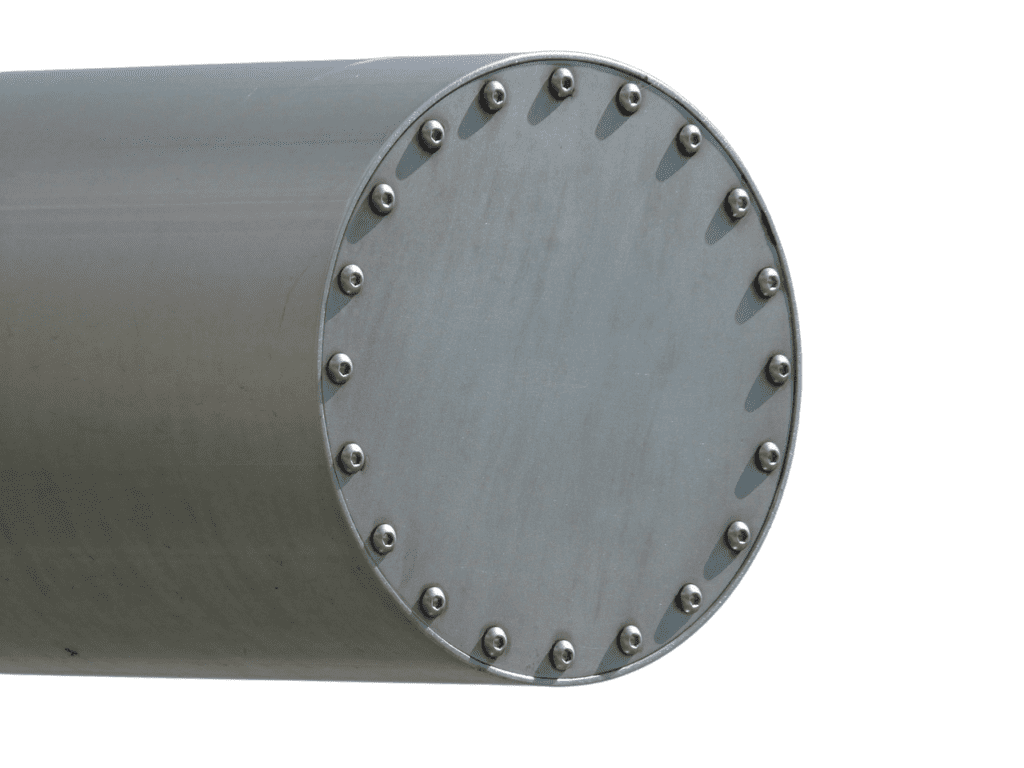
Rivets on cylindrical metal parts
Riveting has been around for centuries and has been used in a range of applications, from ancient armor to modern aircraft. It was used to hold metal plates together for flexibility and maximum protection in ancient armor and weapons. Iconic structures like the Eiffel Tower and several bridges were riveted to perfection, showcasing the strength and durability of the riveted joints. Aircraft structures heavily relied on riveting to reduce weight while maintaining rigidity in early aviation.
Read more: Metal Joining Method
Table: Historical Usage of Rivets
| Era | Application | Material |
|---|---|---|
| Ancient Times | Armor, Shields | Bronze |
| 19th Century | Bridges, Buildings | Iron, Steel |
| 20th Century | Aircraft, Vehicles | Aluminum |
The Technical Intricacies of Riveting
While the basic premise of riveting remains unchanged – it’s the joining of two metal parts using a rivet – the techniques and tools have seen significant enhancements.
- Drilling: Precise hole-making is pivotal. Advanced drills ensure holes with accurate diameters and depths.
- Placement: Proper alignment is vital. This ensures that the rivet sits flush, guaranteeing a secure joint.
- Setting: The tail of the rivet is deformed, usually using a pneumatic or hydraulic rivet gun. This provides the clamping action holding the metal sheets together.
Riveting is not just a mechanical process but also an art and a science. Its aesthetics and functional balance play a significant role in the overall outcome. The finish of a rivet joint, its alignment, and its integration into the overall design require an artistic touch. On the scientific side, material properties, force calculations, and understanding stresses and strains come into play.
Modern-day Applications and Innovations
Innovations in materials and tools have expanded the horizons of riveting, making it more versatile than ever.
- Aerospace: Lightweight rivets reduce aircraft weight, improving fuel efficiency.
- Automotive: Riveting aids in joining different metals, enhancing vehicle safety and performance.
- Consumer Electronics: Miniaturized rivets help in compact and sleek device designs.
So, riveting, with its rich history and modern-day innovations, stands as a testament to the perfect blend of art and science in sheet metal fabrication. As techniques get refined and tools become more advanced, the future of riveting in sheet metal holds immense potential.
Types of Rivet Joints in Sheet Metal
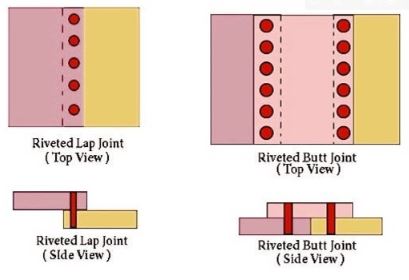
Different types of rivet joints
Riveting has been a time-tested method for joining metal parts, especially in sheet metal fabrication. The choice of rivet joint often dictates the strength, flexibility, and longevity of the bond. Delving deeper into the realm of rivet joints reveals a myriad of types, each suited for specific applications, material types, and design constraints. Let’s explore the various rivet joints commonly employed in sheet metal fabrication.
1. Lap Joint
The lap joint is perhaps the most fundamental rivet joint, wherein two metal pieces overlap at their edges and are riveted together. It is ideal for thin sheets where edge joining is not feasible. It has a simple design and execution and provides uniform stress distribution along the overlap. It is commonly seen in ductwork, lightweight structures, and certain types of machinery covers.
2. Butt Joint with Single Cover Plate
The butt joint with a single cover plate is a rivet joint that involves placing two metal sheets edge-to-edge and using a single cover plate, which is riveted over the seam. It provides additional strength and rigidity, reduces stress concentration, and has an aesthetically cleaner look compared to lap joints. It is commonly used in heavy machinery, structural frames, and aircraft fuselage sections.
3. Butt Joint with Double Cover Plate
An evolution of the single cover plate design, this joint uses two cover plates, one on each side of the butt joint, providing even more strength.
The butt joint with a double cover plate offers advantages such as dual-sided reinforcement, symmetrical load distribution, and enhanced joint rigidity. It is commonly used in load-bearing structures, bridges, and aerospace applications.
Table: Comparison of Common Rivet Joints
| Rivet Joint Type | Strength | Aesthetics | Complexity | Typical Use Case |
|---|---|---|---|---|
| Lap Joint | Medium | Good | Low | Ductworks, Enclosures |
| Butt with Single Cover Plate | High | Very Good | Medium | Structural frames |
| Butt with Double Cover Plate | Very High | Excellent | High | Aerospace structures |
| Zigzag Riveted Joint | Very High | Excellent | High | Military armor, heavy-duty machinery |
| Chain Riveted Joint | High | Very Good | Medium | Boiler shells, pressure vessels, water tanks |
4. Zigzag Riveted Joint
A rather intricate joint type, the zigzag riveted joint employs rivets in a zigzag pattern, maximizing the bonded area’s strength.
The zigzag riveted joint offers superior strength due to its pattern and enhanced resistance to dynamic loads. More rivets in a given area increase load distribution. It is commonly used in military armor, heavy-duty machinery, and certain marine applications.
5. Chain Riveted Joint
Here, rivets are aligned in parallel rows, resembling chains, and are used for applications demanding tight seals and high strength.
The chain riveted joint offers effective prevention of leakages, high tensile strength, and even stress distribution across the joint. It is commonly used in applications such as boiler shells, pressure vessels, and water tanks.
Choosing the Right Rivet: What Are the Considerations?
The rivet, a seemingly simple fastener, is the backbone of countless structures and devices. From bridges to aircraft, the integrity of the rivet’s bond plays a crucial role in the safety, functionality, and longevity of the entire construct. Therefore, the choice of the right rivet for any application is paramount. This section delves deep into the factors and considerations involved in making that choice.
1. Material of the Rivet
Rivets can be manufactured from a wide variety of materials, each offering its unique set of properties suitable for specific applications.
Table : Common rivet materials
| Rivet Material | Key Properties | Common Uses |
|---|---|---|
| Aluminum | Lightweight, corrosion-resistant | Aircraft, lightweight structures |
| Steel | High strength | Bridges, heavy machinery |
| Stainless Steel | Strength, corrosion resistance | Marine applications, outdoor structures |
| Copper/Brass | Malleability, corrosion resistance | Electrical components, decorative items |
2. Size of the Rivet
The diameter and length of a rivet are critical parameters. The rivet’s size should be such that it fills the hole snugly without excessive force, ensuring a tight bond.
- Diameter: Must correspond to the hole size and be large enough to withstand applied loads but not so large as to weaken the joined materials.
- Length: Should be chosen such that, after setting, the rivet forms a sufficiently sized head, ensuring a secure bond.
3. Type of Rivet Head
The head of the rivet, apart from providing a mechanical bond, can also play a role in the aesthetics of the final product.
Table : Common types of rivet heads
| Rivet Head Type | Description | Common Use Cases |
|---|---|---|
| Flat Head | Offers a flush finish. | Surfaces where a smooth appearance is necessary. |
| Round Head | Provides a domed finish. | Applications where the rivet head remains visible. |
| Countersunk Head | Designed to sit flush or below the surface level. | Aerodynamic or sleek finishes. |
Application and Load Requirements
When selecting a rivet for a specific application, it is important to consider the type of load it will be subjected to. For perpendicular forces, a rivet with high shear strength is necessary. For forces along the rivet’s axis, a rivet with high tensile strength is needed. In environments with prevalent vibration and dynamic loads, such as aircraft or machinery, the rivet’s material and design should be able to resist fatigue.
What Are the Advantages of Sheet Metal Riveting?
When it comes to sheet metal fabrication, riveting presents a multitude of advantages that make it a favored choice in numerous industries. This section delves into the various benefits of sheet metal riveting, outlining why it’s still an essential method despite the evolution of other joining techniques.
- Robust and Durable Joints
Rivets provide joints that can withstand significant stress, making them highly dependable. Unlike some other forms of joining, riveted joints display a high resistance to dynamic or oscillatory stresses. This quality is crucial in applications like aircraft and machinery, where components experience recurrent forces.
Furthermore, once installed correctly, riveted joints rarely require maintenance or retightening, ensuring long-term reliability.
- Versatility in Application
Riveting’s flexibility means it can be applied across a broad spectrum of uses and materials. Rivets can join a range of materials, including different metals, plastics, and even composites. This versatility isn’t always achievable with welding or adhesives.
This approach is a absolute solutions for the Layered Joints since rivets are particularly useful in joining layered or laminated materials, a common requirement in many industries.
- No Heat Requirement
Riveting is a joining method that doesn’t require heat, making it a safer and more energy-efficient process for workers and the environment. With welding, there’s a risk of altering material properties, causing warping, distortion, or changes to the microstructure of the materials. Riveting eliminates this risk, ensuring material integrity and robust, durable joints.
- Cost-Efficient
Riveting can often be more economical than other joining methods. Riveting tools are generally cheaper than welding equipment and don’t require additional expenses like shielding gases. Also, the lack of heat requirement means lesser energy consumption, translating to lower operational costs.
- Aesthetics and Finish
With countersunk rivets, it is easy to achieve flush finishes, providing sleek and smooth surfaces, especially beneficial in design-centric applications. Additionally, rivets can provide a distinct visual appeal, particularly when left exposed, and are often used in fashion and furniture for a rustic or industrial look.
Sheet Metal Riveting Process: What Are the Steps?
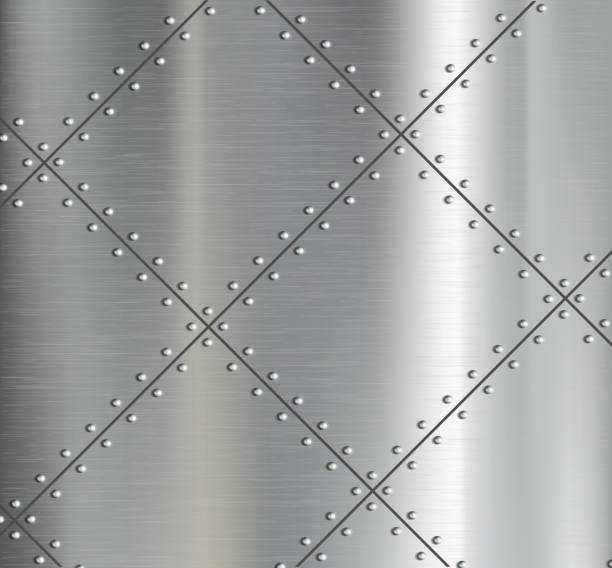
Background of the metal plates with riveted. Vector image.
Sheet metal riveting
The process of sheet metal riveting, though straightforward in its application, requires meticulous attention to detail to ensure the final joint is both strong and durable. Riveting serves to create a permanent bond between two or more sheet metal components without the need for heat, as in welding. Now, let’s break down the step-by-step approach to riveting in sheet metal fabrication.
Table: Detailed Steps and Considerations in the Sheet Metal Riveting Process
| Step No. | Step Description | Key Points | Considerations |
|---|---|---|---|
| 1 | Material Selection | Sheet Metal & rivets | Sheet metal can be of varying types (e.g., stainless steel, aluminum, copper). The material, size, and type of rivet should be compatible with the sheet metal. |
| 2 | Design and Planning | Rivet Spacing, Rivet Size, and Length | Rivet spacing depends on material thickness and load requirements. Rivet length should be enough to pass through the combined thickness of the materials and form a head. |
| 3 | Preparing the Sheet Metal | Marking, Drilling, and Punching Holes | Holes should be marked for consistent spacing. The diameter of drilled/punched holes should be slightly larger than the rivet’s diameter. |
| 4 | Inserting the Rivet | Alignment and Rivet Placement | Ensure sheet metal pieces are aligned and holes match.<br>- Insert rivet through the holes of the materials to be joined. |
| 5 | Setting the Rivet | Compression Inspection | Compress the rivet end using a rivet gun or hammer. Inspect to ensure the rivet is flush with the surface and shows no movement. |
| 6 | Finishing and Cleaning | Grinding (if necessary) Cleaning | Grind down any protrusions or rough edges. Clean off residues, marks, or debris from the riveting process. |
This table captures the essentials of the sheet metal riveting process. Each step is critical, and special considerations at each stage ensure the durability and quality of the final product.
Critical Parameters in the Riveting Process
- Hole Diameter: The diameter of the hole made in the sheet metal for the rivet. Tolerance: ±0.05mm (based on rivet size)
- Rivet Diameter: Diameter of the rivet to be used. Specified by manufacturer
- Rivet Length: Length of the rivet, ensuring it can pass through the material and form a head. Specified by manufacturer
- Rivet Spacing: Distance between two consecutive rivets. Tolerance: ±1mm (can vary based on design)
- Compression/Setting Force: The force applied to set the rivet in place. Varies based on rivet and tool.
Prolean’s Sheet Metal Fabrication Services
Sheet metal fabrication is an intricate process that involves various techniques to shape, cut, and join sheet metal to produce desired products or parts. Prolean, as a prominent entity in this realm, offers a suite of advanced sheet metal fabrication services.
- Cutting-edge Technology: At Prolean, the utilization of the latest equipment and machines, like laser cutters, plasma torches, and water jets, ensures precise and efficient cutting of sheet metal.
- Expert Craftsmanship: With a team of highly skilled artisans and technicians, Prolean can take on complex designs and deliver top-notch finishes.
- Comprehensive Services: From punching, forming, and bending to assembly and riveting, Prolean provides an all-encompassing solution for sheet metal needs.
- Customized Solutions: Understanding that every client’s need is unique, Prolean offers bespoke solutions, ensuring that every piece is tailor-made to the client’s specifications.
- Quality Assurance: Every product undergoes rigorous quality checks, ensuring that the final piece is durable, fit for purpose, and meets industry standards.
In the ever-evolving world of sheet metal fabrication, the art of riveting remains pivotal. While new techniques and technologies emerge, riveting, with its simplicity and strength, continues to be integral. Choosing a seasoned expert like Prolean ensures not just precision but also the craftsmanship that stands the test of time. Whether it’s riveting or any other aspect of sheet metal fabrication, the choice of a partner can make a significant difference in the quality and longevity of the final product.
Conclusion
In the domain of sheet metal fabrication, riveting stands out as a classic yet highly effective method. As innovations keep pushing the boundaries of manufacturing, the age-old technique of riveting continues to prove its relevance and effectiveness. A seamless blend of art and science, riveting, when executed correctly, offers strength, precision, and reliability. Selecting the appropriate rivet type and executing the process with finesse can significantly impact the quality and durability of the final assembled product.
FAQs
Why is riveting considered both an art and a science in sheet metal fabrication?
Riveting is an art because of the skill, experience, and finesse required to execute it perfectly. It’s a science due to the precise calculations, material compatibility, and understanding of mechanical properties involved in ensuring a strong and lasting joint.
How does riveting compare to welding in sheet metal fabrication?
While both are methods to join metal pieces, riveting is a mechanical join, whereas welding fuses pieces together using high heat. Riveting is preferred when materials are sensitive to heat or when the components need possible future disassembly.
Are there specific sheet metals that are more suitable for riveting?
Most sheet metals like stainless steel, aluminum, and copper can be riveted. The choice often depends on the application, the environment in which the product will be used, and the desired aesthetics.
Can a riveted joint in sheet metal be undone or disassembled?
Yes, riveted joints can be drilled out, allowing for the disassembly of the connected pieces. However, a new rivet would be needed if reassembly is required.
How does one decide on the size and type of rivet to be used?
The choice depends on the thickness and type of materials being joined, the load or stress the joint might undergo, and other specific application requirements.
Why is it essential to prepare the sheet metal before the actual riveting process?
Preparing the sheet metal – marking, drilling, or punching holes – ensures precision during riveting. Proper alignment ensures that the rivet is set accurately and the joint is strong and long-lasting.

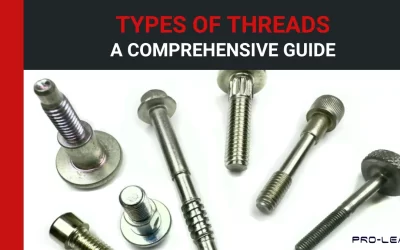
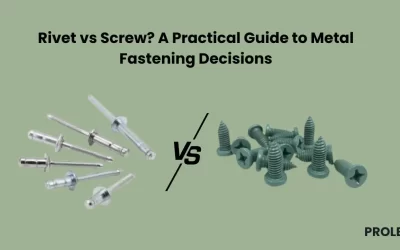
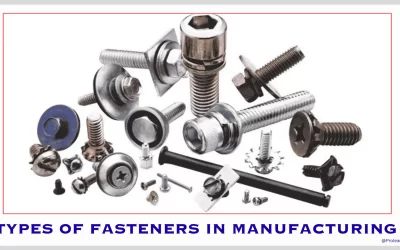
I’ve noticed that while riveting is crucial for joining metal components, it can lead to potential weaknesses if not done correctly. Can you elaborate on the best practices for ensuring strong, durable rivet joints in high-stress applications?
Thank you for your question, For high-stress applications, ensuring proper rivet size, material compatibility, and correct installation pressure are key factors. Additionally, using a blind rivet or structural rivet design can enhance the strength of the joint. It’s also important to inspect the rivets regularly for any signs of fatigue or loosening to maintain structural integrity